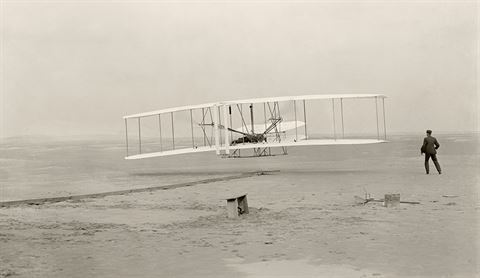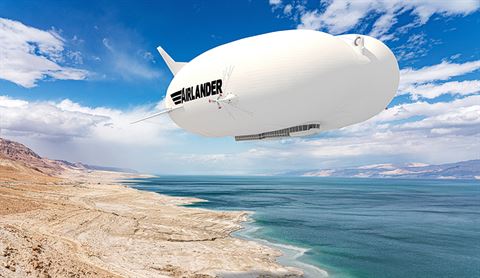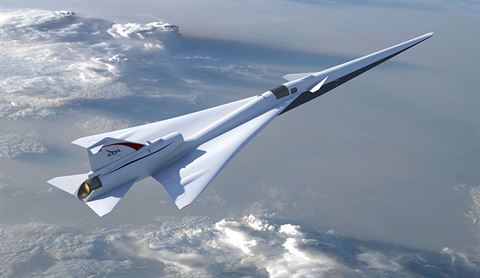TRAVEL QUIZ • February 2021
Do you know your plane trivia?
The Executive Club is home to a boffin or two, so what better way to test all that AV knowledge than with an ultimate aviation quiz? With trivia plucked from the information-packed, gorgeously illustrated new title, Planes, by Jan van der Veken (out 4 March 2021, Prestel Publishing), we’re asking: just how well do you know your planes?
Send your answers to theclub@cedarcom.co.uk and you’ll be automatically entered into a prize draw to win one of five copies of the new book in hardback (£14.99), courtesy of Prestel Publishing.
Question one
The Wright Flyer, the brothers’ first ever aircraft (pictured below), weighed 274kg, measured 6.43m in length and had a 12m wingspan. But what was its maximum speed?
a) 30mph
b) 45mph
c) 60mph

Question two
The Lockheed P-38 Lightning was introduced in 1941 by the US Air Force, and was one of the fastest airplanes of its day. How quickly could it fly between California and New York?
a) 7 hours and two minutes
b) 8 hours and two minutes
c) 9 hours and two minutes
Question three
When pilots want to turn an aircraft, they use these moving parts on the trailing edge of the outer wings. What are they called?
a) Flaps
b) Ailerons
c) Spoilers
Question four
The Earth’s atmosphere is made up of several layers that protect us from harmful cosmic rays and the sun. Most aircraft fly in the lowest layer, which is up to 12km above the Earth’s surface. What is this layer called?
a) Troposphere
b) Stratosphere
c) Mesosphere

Question five
It’s important to keep an eye on the weather if you want to fly safely. Knowing your clouds is crucial, especially those of the storm variety, which contain strong upward air currents that can produce thunder and lightning. What are they called?
a) Cirrostratus
b) Stratocumulus
c) Cumulonimbus
Question six
Currently in development is The Airlander (pictured below), a helium airship that will transport passengers in style, offering sleeping cabins with spectacular views through a glass floor. When complete, it will move at 150km per hour and be able to remain in flight for how many days?
a) 3 days
b) 5 days
c) 7 days

Question seven
What is an altimeter?
a) An instrument to measure altitude, calibrated using the measure of local air pressure
b) The flight level, an aircraft’s altitude at standard air pressure at sea level
c) An aircraft’s maximum altitude
Question eight
Clear radio communication is crucial across international borders. The Canadian linguist Jean-Paul Vinay created the Nato phonetic alphabet using words that are easy to pronounce for pilots around the world and have no negative connotations. In what year was it created?
a) 1933
b) 1949
c) 1955

Question nine
What does GPS stand for?
a) Geographic Positioning System
b) Global Placement System
c) Global Positioning System
Question ten
Airbus, Aeron, Boom, Lockheed Martin and Nasa are all working on a new iteration of the Concorde airliner (pictured above), designed to be quieter, faster and more fuel-efficient. Experts say we will be waiting for its arrival until which year?
a) 2025
b) 2027
c) 2030
Email your guesses to theclub@cedarcom.co.uk
This article has been tagged Technology, Travel Tips
More from previous issues

The guru: in-flight entertainment
Meet Charo Medina, one of the ‘redcoats’ behind BA’s on-board entertainment programme

Active thrills or sun lounger chills: which is your kind of holiday?
Two very different ideas of the perfect break. Two staunch advocates. So do pools or peaks tickle your fancy?

Going for Gold: travelling for the greater good
BBC journalist turned trainee medic Anisha Shah has journeyed to more than 100 countries with her favourite airline

Five secrets of the world’s most successful people
Vikas Shah has met with many of the world’s greatest thinkers and doers and shares some of his often surprising observations